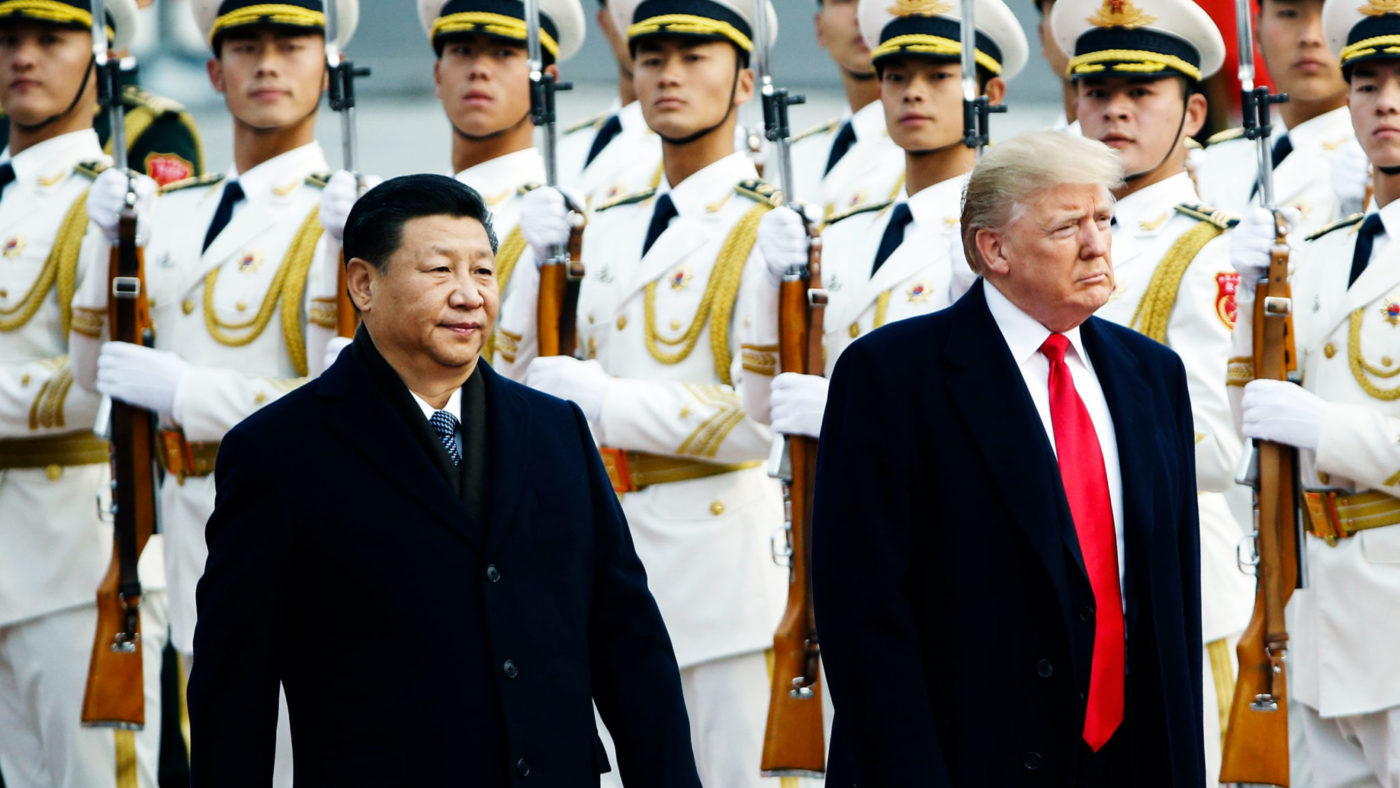Inside the Washington Beltway, as well as the Western world, one thing most agree about President Trump is that he is right to call China out on its trade and industrial policies. The US-China trade war, which may soon cover all bilateral trade as well investment and the battle for technological leadership, is not going away.
This switch in the terms of engagement with China comes at an important time, which will test the Chinese Communist Party’s reputation for managing change. The trade war with the US has joined more local concerns about the economy, the faltering stock market and the weakening Yuan. These can all be pigeon-holed as short-term issues, but it is hard to overlook them when we think about the issues China faces in years to come.
Most pressing of all is what we can call China’s debt trap. By the end of 2017, the level of debt as a share of GDP had risen to almost 330 per cent. This is not far short of three times its level in 2008. Most of this debt burden is owed by state enterprises, local governments and a panoply of public sector agencies.
Concern about China’s debt revolves around the speed with which it has grown, the scale it has reached, and the risky nature of the deposit-gathering that has taken place to fund the growth in debt. To meet these concerns, the government began a clampdown last year on some of the egregious forms of risk-taking and lending. To a degree, it has succeeded in slowing down the rise in debt among companies and local governments.
It has not been totally reversed, however. Instead household debt – mainly mortgages but also consumer loans – has risen sharply, such that it was higher as a share of disposable income in June 2018 than in the US. As the clampdown has slowed investment and real estate, the authorities have lately been easing policies to compensate.
Eventually, the government will have to stabilise and reduce the debt burden and excess leverage in the economy if it is to avoid a painful landing. This will show up in the form of a material reduction in China’s growth rate in coming years. The Yuan is very likely to weaken as a result over the medium-term, in spite of restrictions over capital moving overseas.
Rapid ageing – China is the fastest ageing country on Earth – will tend to both lower growth and sap some of the country’s dynamism. The abandonment of the one child policy in 2015, and the recent removal of the last government diktats over family size are unlikely to be any more successful in raising fertility than other measures have been elsewhere. China will need to find other ways to offset the predicted sharp rise in the old age dependency ratio, which will surpass that of the US in the next 25 years.
In the medium-term, China wants to evade or avoid the middle income trap. This happens when emerging countries become moderately prosperous, but then fail to make material further progress in catching up the 25-35 richest economies in the world economy.
The key to success will be lifting productivity growth when “easier” fixes of adding labour and capital have been exhausted. Under Xi, the Communist Party has been put in the front line of the new revolutions in science and technology with a view to bolstering China’s productivity growth, as well as its military and commercial prowess.
The outcome is not certain. China has certainly made great strides in quantum computing, Big Data, Artificial Intelligence, R&D, and some measures of patent leadership, but it still lags behind and or remains dependent on the US and other western economies in key areas of new technologies. Economists believe the critical factor for China to avoid the middle income trap is whether it can develop inclusive and creative institutions, including, for example, effective competition, regulatory and civil society institutions, and the rule of law.
Yet it is in the area of institutions and governance where the government may be taking China backwards. Under Xi, dictatorial power has become concentrated around the President and in the Party, with Party agencies taking the place of technocrats and ministries. Lacking in institutions of constraint and consensus, initiative and dissent are being stifled, and liberalising reforms have more or less stalled.
This does not augur well for overcoming the serious challenges that await China either at home, or in terms of its engagement with countries in Asia, the Belt and Road, and the West.


